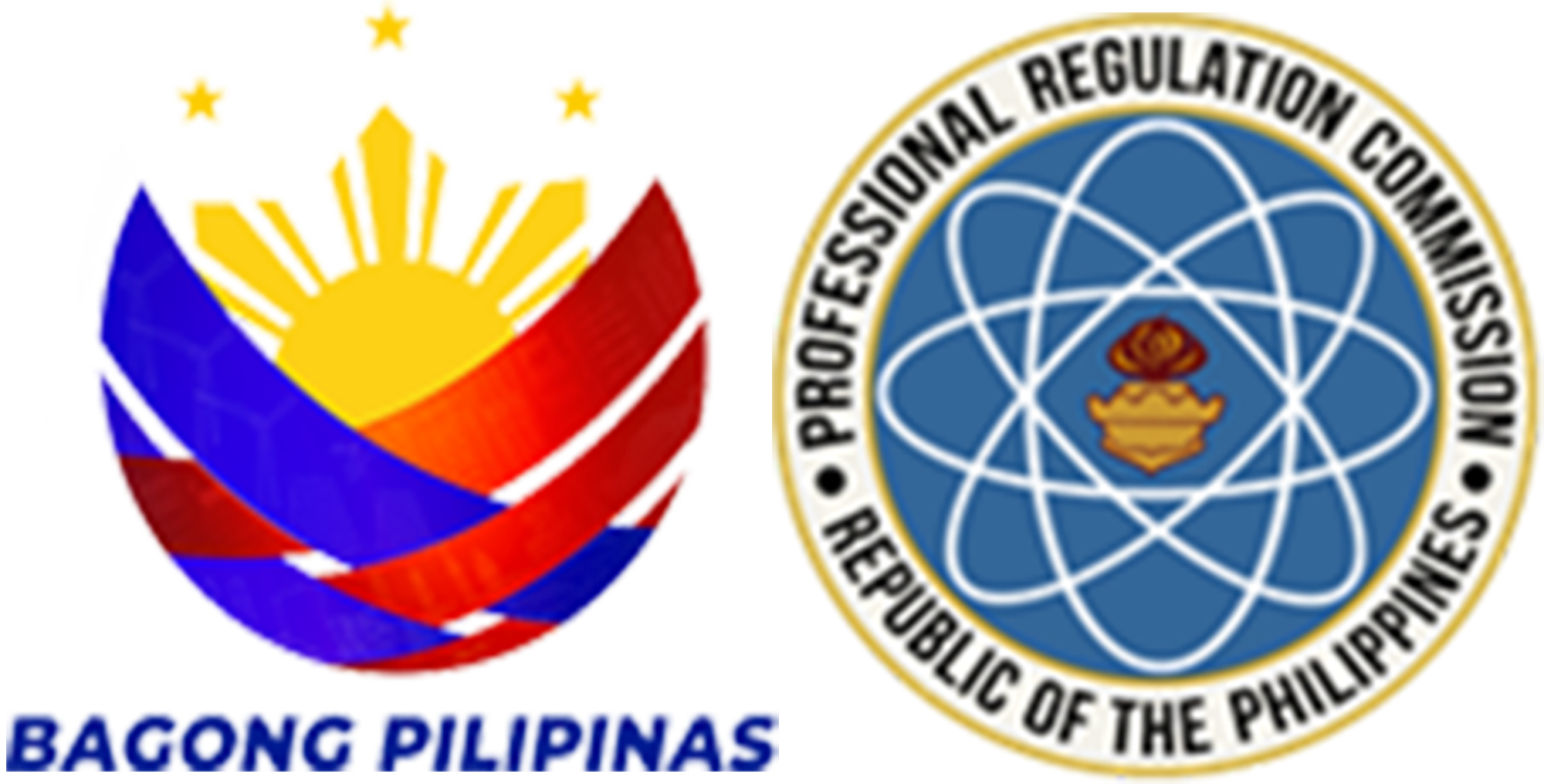General practice of Geodetic Engineering
The practice of Geodetic Engineering is a professional and organized act of gathering physical data on the surface of the earth with the use of precision instruments. It is also the scientific and methodical processing of these data and presenting them on graphs, plans, maps, charts or documents. It shall embrace, but is not limited to, the following activities:
- Professional Geodetic Engineering services with the use of surveying and mapping equipment such as graduated rods, measuring tapes, transits, levels, theodolites, fathometers/echosounders, electronic distance meters, global positioning systems, stereoplotters and all other instruments that are used to determine metes and bounds of lands positions of points on the surface of the earth, water depths, underwater configuration, ground elevation, gravity, isostasy, crustal movements and the size and shape of the earth, and other instruments used for construction survey, and those instruments used to guide the installation of large industrial equipment and machineries;
- Horizontal and vertical control surveys and political boundary surveys;
- Land surveys to determine their metes and bounds and prepare the plans thereof for titling and for other purposes;
- Subdivision, consolidation and/or consolidation-subdivision of titled properties;
- Submission of survey plans of subdivided, consolidated and/or consolidated-subdivision titled properties to the government agencies concerned; hereafter, such plans on surveyed titled properties submitted by geodetic engineers shall not be subject to verification and approval;
- Preparation and making of sketch, lot and location plans;
- Conduction of engineering surveys and the technical preparation of engineering survey plans such as topographic, hydrographic, tidal, profile, cross-section, construction and boundary surveys;
- Parcellary surveys of lands traversed by infrastructure projects; and the preparation of subdivision plans;
- Conduction of gravimetric and photogrammetric survey and the technical preparation of such survey plans;
- Survey and mapping works such as the preparation of geographic and/or land information systems;
- Survey to determine and establish line and grade for the construction of buildings and other structures and its attachments;
- Construction of as-staked and as-built surveys for infrastructures;
- Conduction of mineral and mining surveys;
- Installation of machineries requiring the use of precision instruments;
- Engagement in the transfer of the knowledge and technology of geodetic engineering in any institution of learning;
Qualification of Board Members
A member of the Board shall, at the time of his appointment, possess the following qualifications:
- Natural born citizen and resident of the Philippines;
- Must be at least forty (40) years of age;
- A registered Geodetic Engineer with a valid professional license and an active practitioner in Geodetic Engineering for not less than ten (10) years prior to appointment;
- Must not be a member of the faculty of any school, academy, institute, college or university where a regular course in Geodetic Engineering is being taught, nor have pecuniary interest in or administrative supervision over any such institution of learning;
- Must not, for a period of three (3) consecutive years prior to appointment, be connected with a review center or with any group or association where review classes or lectures in preparation for the licensure examination are offered or conducted at the time of appointment; and
- Must not have been convicted of any offense involving moral turpitude.



Republic Act No. 8560
An Act Regulating the Practice of Geodetic Engineering in the Philippines
Be it enacted by the Senate and House of Representatives of the Philippines in Congress assembled:
Title. - This Act shall be known as the “Philippine Geodetic Engineering Act of 1998.”
On December 5, 1929, Public Act No. 3626 was passed into law providing for a Board of Examiners for Surveyors. The Board was composed of five members, most of whom were practicing surveyors. Vicente Mills was appointed Chairman with Demetrio Andres, Antonio Manahan, Juan Coronado, and Ambrosio Zamora as Members. Created to maintain a corps of academically and morally qualified professionals in their field, the Board administered three kinds of examinations – for private land, cadastral land, and mineral land surveyor.
Pursuant to the Reorganization Law of 1932, the Board was placed under the stewardship of the Bureau of Civil Service. The Board at the time was composed of Vicente Mills as Chairman, with Juan Coronado and Raymundo Kagahastian as Members.
Geodetic engineering was not recognized as a profession until the enactment of Republic Act No. 4374, the “Geodetic Engineering Law,” on June 19, 1965. Under the Act, any person who was technically and legally qualified to practice geodetic engineering shall be called “Geodetic Engineer” superseding the term “Surveyor.”
Republic Act No. 4374 was later amended by Presidential Decree No. 202 issued on June 2, 1973 and Presidential Decree No. 335 signed on November 13, 1973. When the PRC was created on June 22, 1973, the Board was constituted with Julian V. Santos as Chairman, and Antonio A. Mansueto and Godofredo Limbo as Members.
On February 26, 1998, Republic Act No. 8560, otherwise known as the “Philippine Geodetic Engineering Act of 1998,” was passed into law removing the licensure examinations for Junior Geodetic Engineers (JGE) and allowing the present JGEs to practice until five years after the effectivity of the Act.
Click HERE to view the list of Accredited Integrated Professional Organizations (AIPOs) /Accredited Professional Organizations (APOs)














